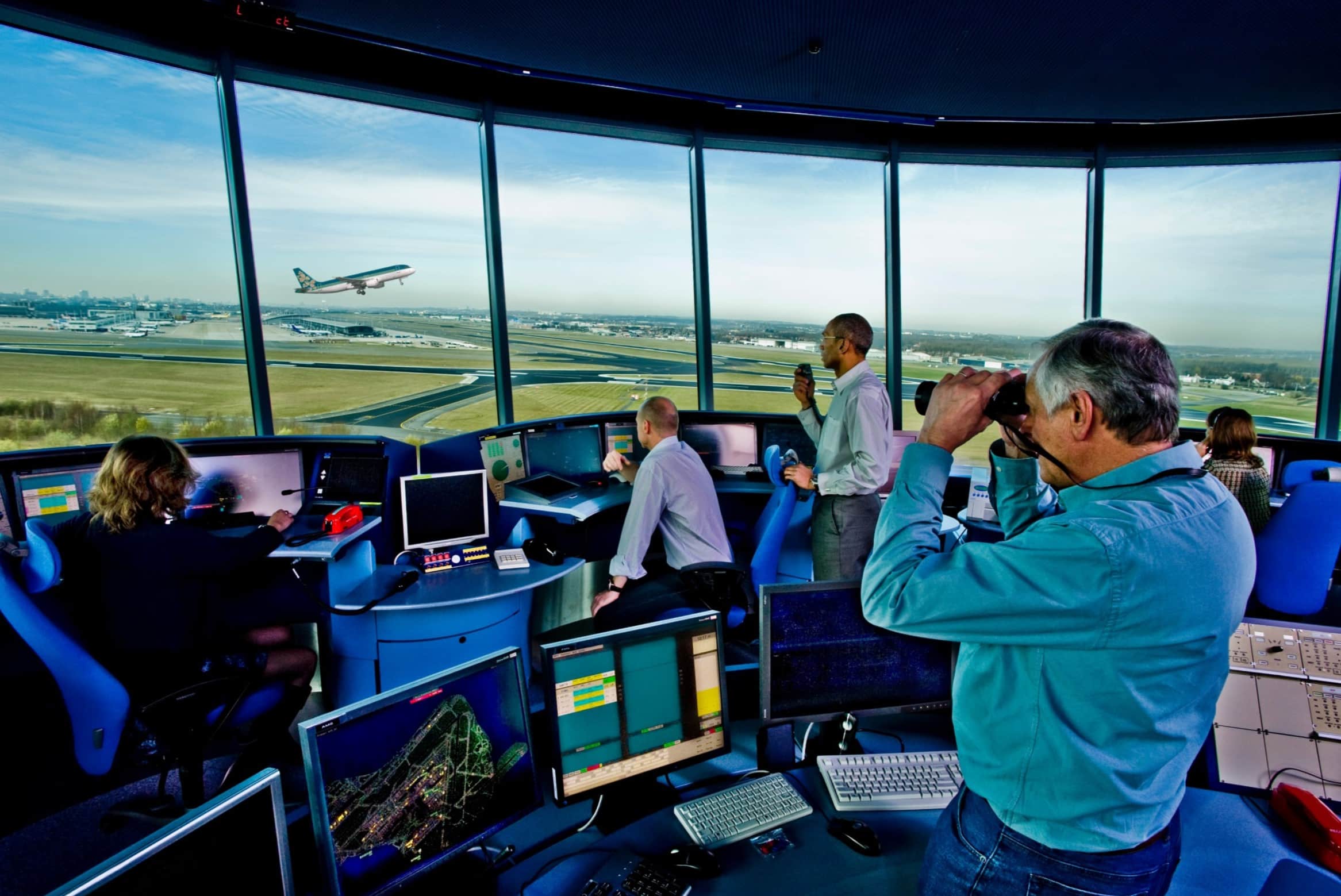
Ever wondered what keeps your flight on track and running smoothly? The answer lies in the Airline Operations Center (AOC). These hubs are the nerve centers of any airline, ensuring everything from flight schedules to crew assignments runs like clockwork. AOCs handle weather updates, maintenance issues, and even passenger needs, making them crucial for seamless air travel. Imagine a control room buzzing with activity, where every decision impacts thousands of passengers daily. Curious about how these centers operate? Here are 12 fascinating facts that will give you an insider's look into the world of airline operations. Buckle up and get ready to be amazed!
Key Takeaways:
- Airline Operations Centers are the non-stop superheroes of the aviation world, working 24/7 to keep flights on track and passengers safe, no matter the challenges they face.
- With cutting-edge technology and dedicated professionals, Airline Operations Centers tackle everything from weather disruptions to security threats, ensuring smooth and efficient air travel for millions of passengers.
What is an Airline Operations Center?
An Airline Operations Center (AOC) is the nerve center of any airline. It’s where all the magic happens to ensure flights take off and land safely, on time, and with minimal disruptions. Let’s dive into some fascinating facts about these critical hubs.
-
24/7 Operations: AOCs never sleep. They operate around the clock to manage flights, crew schedules, and passenger services. This ensures that any issue, no matter the time, gets immediate attention.
-
Real-Time Monitoring: These centers use advanced technology to monitor flights in real-time. This includes tracking aircraft positions, weather conditions, and air traffic control communications.
-
Crisis Management: When emergencies arise, AOCs are the first to respond. They coordinate with various agencies to handle everything from medical emergencies to security threats.
The Role of Technology in AOCs
Technology plays a pivotal role in the efficient functioning of AOCs. From sophisticated software to advanced communication systems, tech is at the heart of operations.
-
Flight Management Systems: These systems help in planning and monitoring flight paths, ensuring optimal routes and fuel efficiency.
-
Weather Tracking: AOCs use cutting-edge weather tracking tools to predict and respond to weather changes, minimizing delays and ensuring passenger safety.
-
Communication Networks: Robust communication networks connect AOCs with pilots, ground staff, and other stakeholders, ensuring seamless information flow.
The Human Element in AOCs
While technology is crucial, the human element cannot be overlooked. Skilled professionals work tirelessly to keep everything running smoothly.
-
Flight Dispatchers: These professionals are responsible for planning flights, monitoring progress, and making real-time decisions to ensure safety and efficiency.
-
Maintenance Coordinators: They ensure that aircraft are in top condition, coordinating repairs and routine maintenance to avoid any disruptions.
-
Customer Service Representatives: These individuals handle passenger inquiries and issues, providing real-time updates and assistance.
Challenges Faced by AOCs
Running an AOC is no easy task. There are numerous challenges that these centers must navigate daily.
-
Weather Disruptions: Unpredictable weather can cause significant delays and cancellations, requiring quick and effective responses from AOCs.
-
Technical Failures: Despite advanced technology, technical glitches can occur, necessitating immediate troubleshooting and resolution.
-
Security Threats: AOCs must be prepared to handle various security threats, coordinating with law enforcement and other agencies to ensure passenger safety.
Airline Operations Centers are the unsung heroes of the aviation industry, working behind the scenes to ensure smooth and safe travel for millions of passengers worldwide.
The Heart of Airline Operations
Airline Operations Centers (AOCs) are the nerve centers of the aviation industry. These hubs ensure flights run smoothly, handle unexpected issues, and keep passengers safe. From managing flight schedules to coordinating with air traffic control, AOCs are always buzzing with activity.
The people working in these centers are like conductors of a grand orchestra, making sure every part of the airline operates in harmony. They use advanced technology and real-time data to make quick decisions, ensuring minimal disruptions.
Understanding the role of AOCs gives us a deeper appreciation for the complexities of air travel. Next time you board a plane, remember the unseen heroes working tirelessly behind the scenes. Their efforts make your journey possible, safe, and efficient. So, the next time you fly, take a moment to think about the intricate dance happening in the background, all to get you to your destination.
Frequently Asked Questions
Was this page helpful?
Our commitment to delivering trustworthy and engaging content is at the heart of what we do. Each fact on our site is contributed by real users like you, bringing a wealth of diverse insights and information. To ensure the highest standards of accuracy and reliability, our dedicated editors meticulously review each submission. This process guarantees that the facts we share are not only fascinating but also credible. Trust in our commitment to quality and authenticity as you explore and learn with us.


